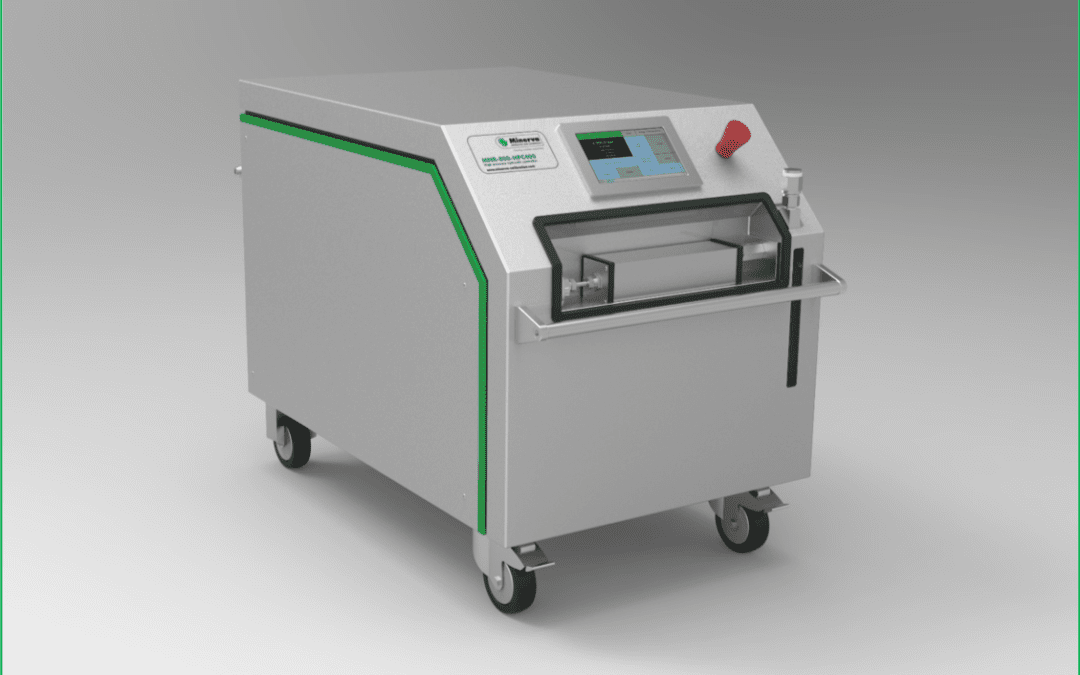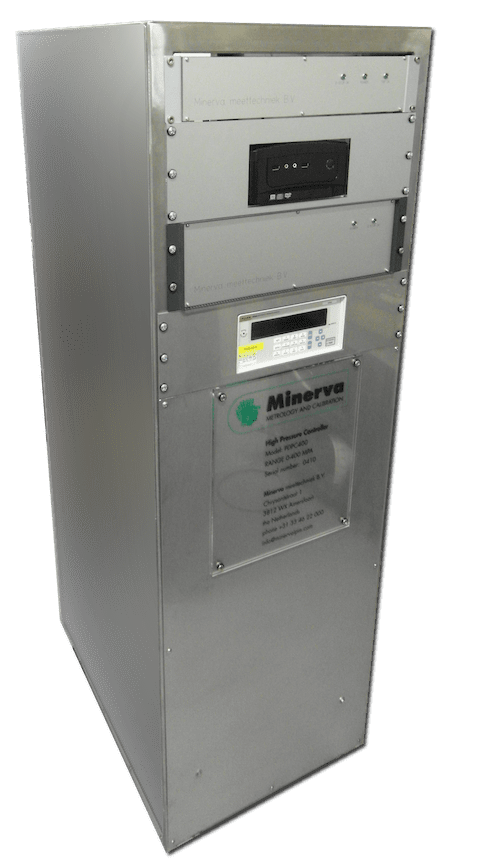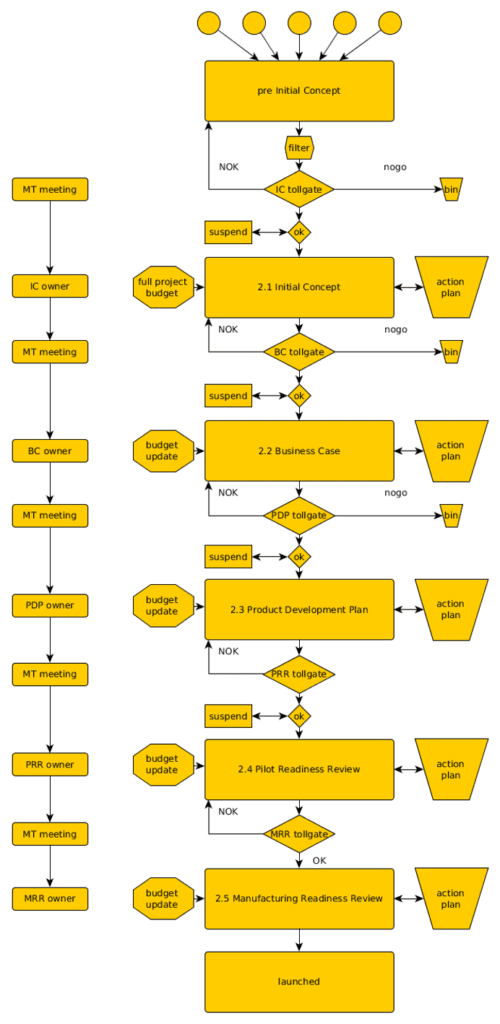Manufacturing readiness

Following the same rules
A portion of my job is managing an ISO/IEC 17025 accredited calibration laboratory where my tasks vary from developing and testing calibration procedures till internal audits and maintaining our management system.
Another part of my job is the development of complex pressure calibration equipment. Based on my long experience with pretty much all manufacturers and type of instruments in the market, I have a good understanding what is missing or what can be improved.
At first sight both activities do not have much to do with each other, but in reality the opposite is true. Creating and publishing a calibration procedure follows the same rules as developing an instrument. The process of creating, validating and publishing procedures is described in our management system as required by ISO/IEC 17025. The development and releasing of a product is not part of our accreditation and in such prior to 2015 we did not have a procedure for it.
The benefit of a management system
I still remember at the beginning of obtaining our accreditation back in 1988. I was young and I did not see the benefit of a management system at all, I would rather do the work. In time where I grew wiser and Minerva was growing, I saw the light. Since then, our management system is a very valuable asset to me and to our staff.
Similar to see the benefit of our management system, in the process of developing our 400 MPa pressure controller --the MNR-800-HPC-400-- it became very obvious we needed a detailed product development procedure to be able to successfully create, produce and deliver these kind of extreme complicated products. In the past, without a procedure, we were able to build one-off specials, but real production is another beast to tame.
Our product development procedure (see image below) consists of very clear so-called tollgates, starting from “wow I have this great idea for a product” till manufacturing readiness. At each tollgate various aspects of the process are evaluated and discussed with the relevant departments. Not only the technical part is subject to evaluation, but the important commercial side is also discussed. The latter discussion can cover things like pricing or feedback from users regarding features, market potential et cetera.
Carel Adolfse
Technical Director
September 25, 2023


